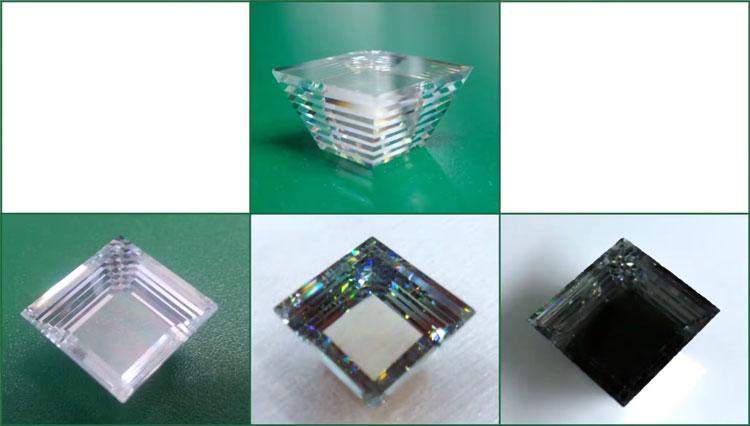Outwardly, the lens resembles a truncated and inverted pyramid. In fact, it is a multilayer structure made of different polymeric materials and with a large number of faces.
Significant development
When designing the lens, the scientists worked on various methods that help direct light to the desired spot, with a specific index of refraction in each layer. In addition, it was necessary to take into account the thermal expansion, which differs for different materials.
As a result, scientists had to conduct extensive scientific work because the prism-shaped lens had to be able to focus the light from sun rays falling from different angles on the photocell and not be destroyed.


Prism lenses / Photo by Nina Vaidya / Stanford University
What gives in practice
Passive technology that focuses light on photocells – Axial Graduated Index Lenses (AGILE) – has demonstrated the ability to collect in experiments up to 90% lightand increase its brightness while focusing 3 times.
This can help reduce both the area of the solar panels and the area they take up, which by the way is if you rely on solar power a lot. For example, there is not enough land in Japan and agricultural land is given to Europe for this purpose.
Source: 24 Tv
I’m Maurice Knox, a professional news writer with a focus on science. I work for Div Bracket. My articles cover everything from the latest scientific breakthroughs to advances in technology and medicine. I have a passion for understanding the world around us and helping people stay informed about important developments in science and beyond.















